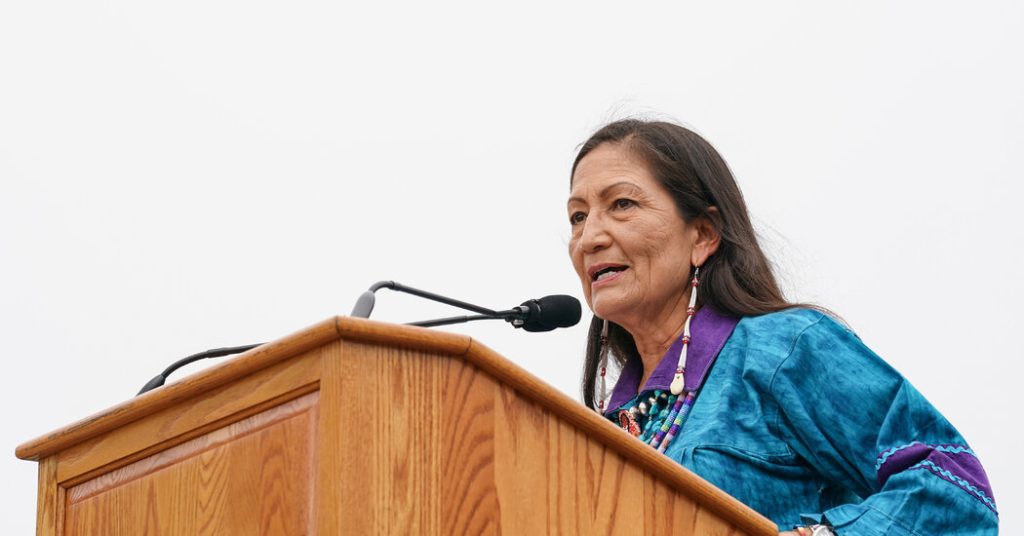The Biden administration announced a new federal rule for public lands overseen by the Bureau of Land Management that puts conservation on par with activities like grazing, energy development, and mining. The rule aims to restore balance to public lands amid worsening climate impacts by creating two new types of leases for the restoration of degraded lands and offsetting environmental damage. These lands have long been managed for multiple uses, including cattle ranching, drilling, and recreation, but activities combined with pressures from wildfires and drought have taken a toll.
The new rule clarifies that leases will only be issued to qualified groups, not to foreigners, and not when incompatible with existing uses, addressing concerns raised by opponents of the earlier version of the lease idea. Despite this clarification, backlash from congressional Republicans and industry groups was swift, with threats to repeal the rule using the Congressional Review Act and anticipation of legal challenges. The Biden administration’s latest environmental announcement is part of a series of decisions, including denying permission for a road through Alaskan wilderness and restoring endangered species protections.
Conservation groups have praised the new rule, with many viewing it as a significant step towards managing public lands sustainably. The rule is seen as a generation-defining shift in how natural resources are managed. The overwhelming majority of public comments submitted on the proposed version of the rule were supportive, highlighting the importance of protecting environmental health. The rule is intended to change the narrative around land use decisions, emphasizing that ecosystems must be preserved to maintain clean air and water, wildlife habitat, carbon storage, and more.
The Bureau of Land Management, which generated $262.7 billion in economic output in fiscal year 2022, will now measure land health everywhere, not just focusing on grazing land. This shift allows for greater protection of intact landscapes and habitat connectivity, taking into account the importance of maintaining ecological balance for the future. The new rule reflects the administration’s commitment to using science to guide responsible development and ensure the sustainability of public lands for future generations. The rule is seen as a response to increasing demands on public lands and the challenges posed by climate change, highlighting the need for a balanced approach in managing these critical natural resources.


